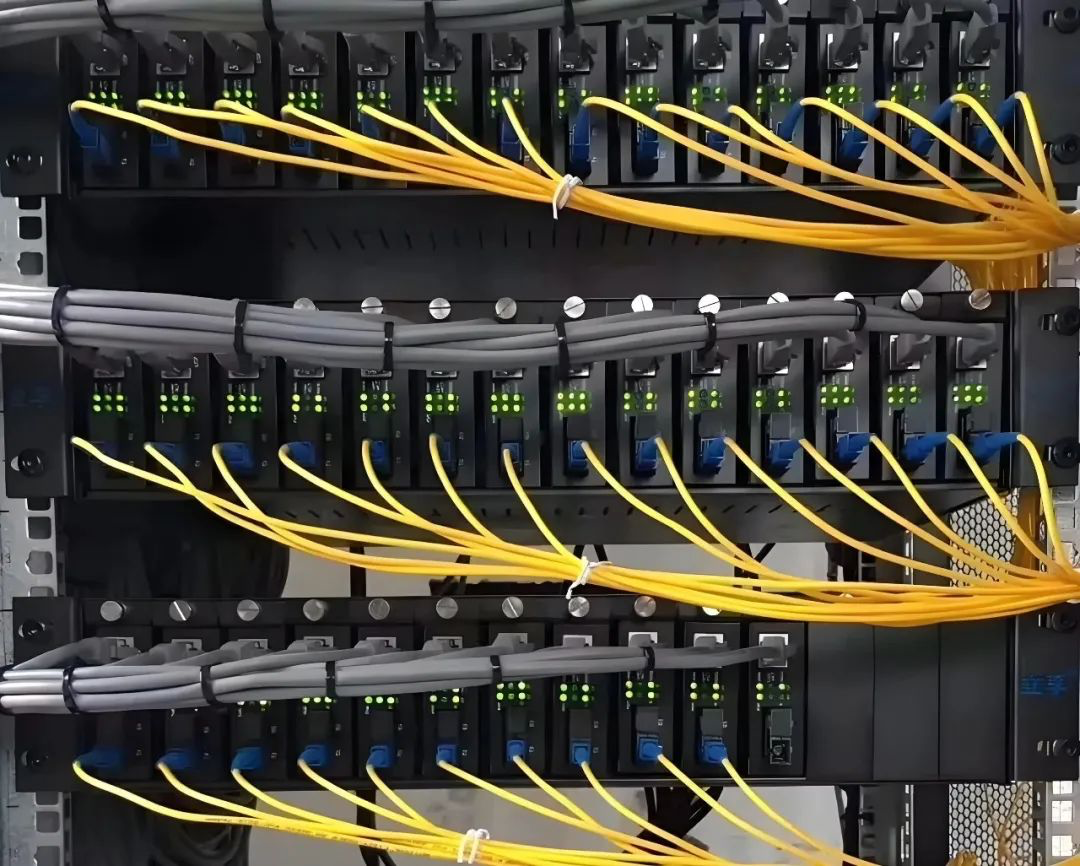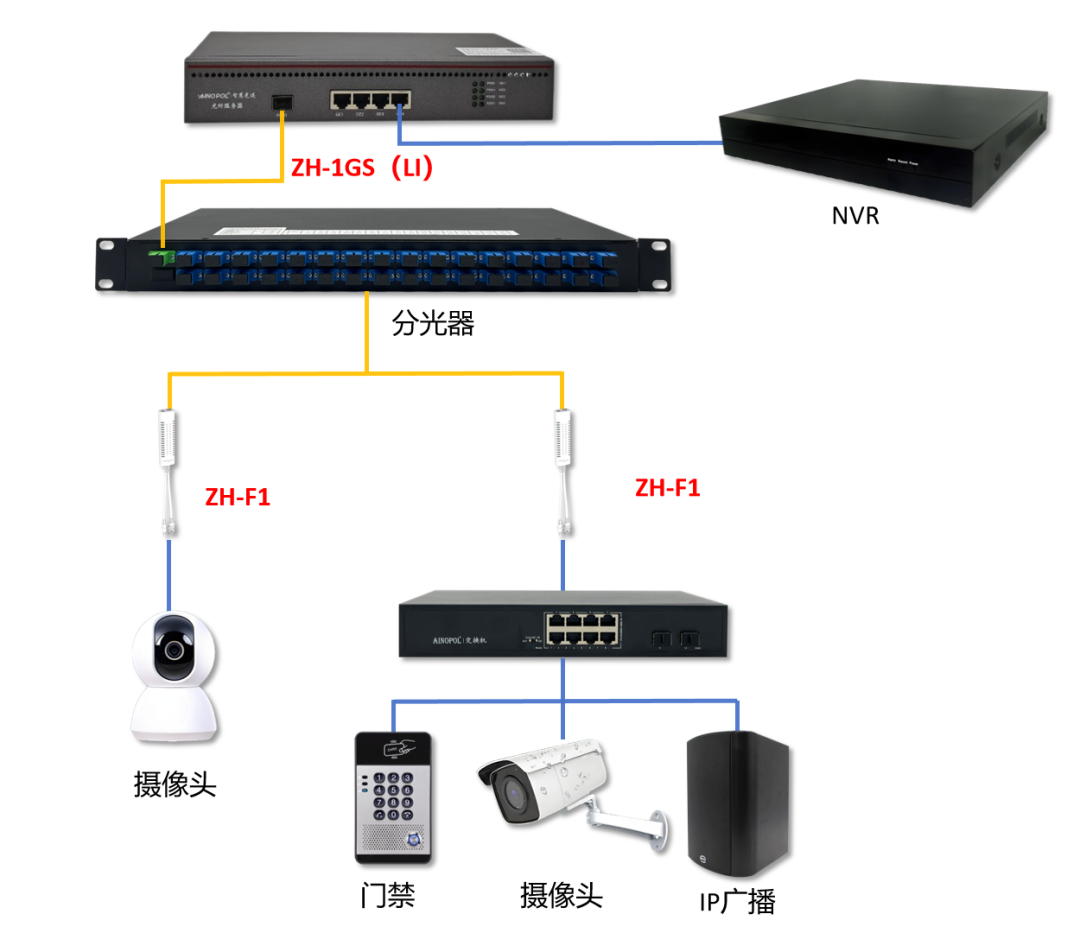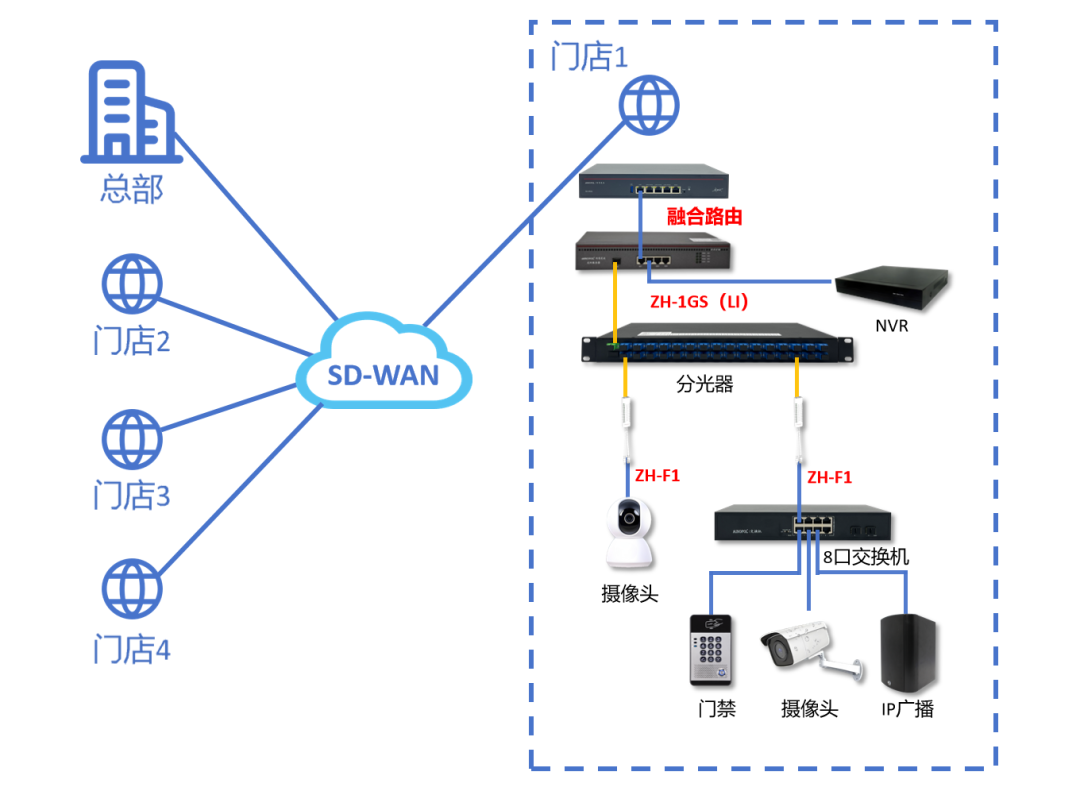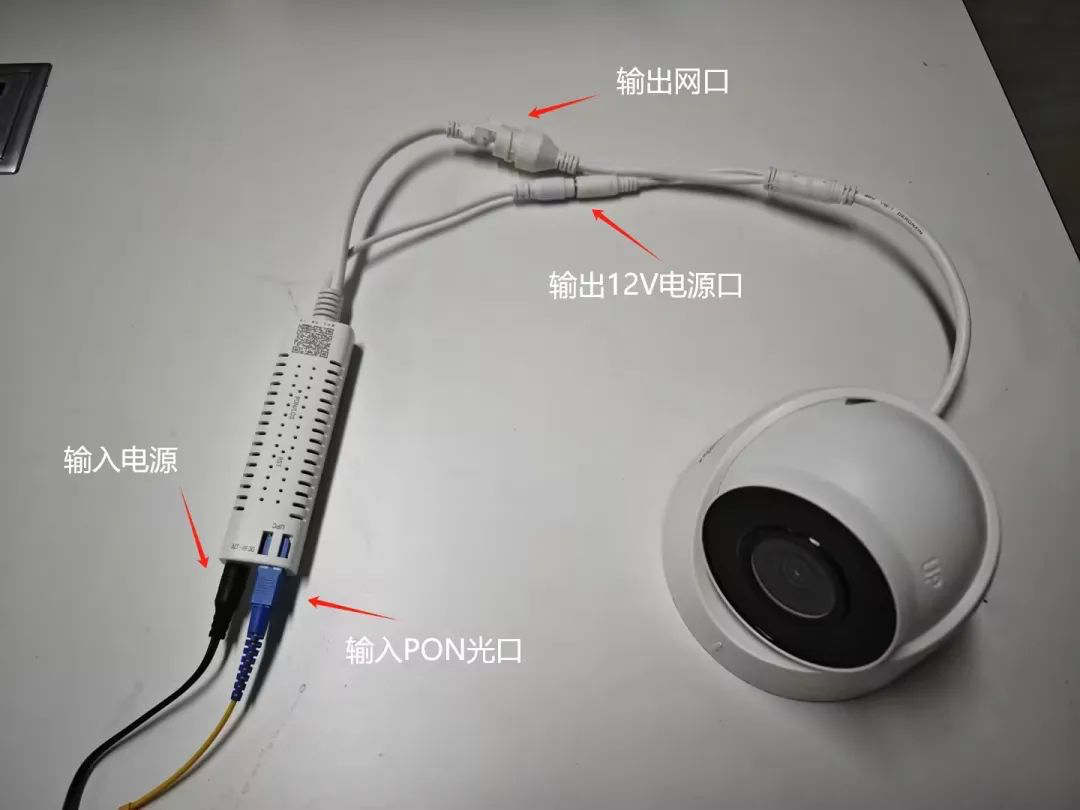
With the increasing importance of surveillance and security in various fields, people have higher requirements for monitoring images, stability, and post maintenance. Traditional monitoring networking mainly relies on Ethernet transmission, with limited transmission distance and susceptibility to interference. The emergence of all-optical monitoring networking has brought a new solution for monitoring and security.
This may be the first optical solution for security engineering companies, or it may be the closest solution for security engineering companies to the optical industry
Challenges faced by traditional monitoring networks
1. Limited effective transmission distance: In large-scale networks, multiple switches need to be cascaded to extend the transmission distance, which increases costs and only addresses the symptoms without fundamentally solving the problem.
2. Limited data transmission rate: With the continuous development of monitoring technology, the application of high-definition and even ultra high definition cameras is becoming more and more widespread. Traditional monitoring networks are unable to meet the demand for a large number of high-definition cameras to transmit data simultaneously.
3. Weak stability and reliability: Network cable monitoring networks have multiple nodes, which can easily lead to network failures caused by aging or damage to the lines, thereby affecting the stability of signal transmission.

Challenges faced by traditional monitoring networks
Fiber optic transceiver networking, as a cost-effective solution for long-distance transmission, has been widely applied in many scenarios, but there are still some problems:
1. Stability issue: Although it extends the transmission distance to some extent, there is still a significant gap in bandwidth and stability compared to all-optical networks, and it may be limited by the performance of the transceiver itself.
2. Management and maintenance issues: inconvenient installation and maintenance, requiring the installation of transceivers at each node that requires extended transmission distance, increasing the number of devices and installation complexity; Once the transceiver malfunctions, it needs to be checked and replaced one by one.
3. Cost issue: The cost is relatively high. Although the price of the transceiver is relatively low, the cumulative cost of multiple transceivers and the maintenance workload they bring cannot be ignored.

Smart Optical and All Optical Security Industry Solutions
Based on the trend of the "light in, copper out" strategy, the communication industry is undergoing unprecedented changes. As a member of the communication industry, we have the responsibility and obligation to promote optical networks and bring them to everyone in a more suitable way, creating a low-cost and high-efficiency all-optical network monitoring and security solution.
This may be the first optical solution for security engineering companies, or it may be the closest solution for security engineering companies to the optical industry
Smart Optical and All Optical Security Industry Solutions
New Product Release: entry-level optical OLT - ZH-1GS (LI)
Our new entry-level optical OLT, ZH-1GS (LI), adopts advanced technology design and truly achieves "foolproof" operation. Plug and play, automatic registration, no need for complex configuration process, it can be said that knowing the transceiver will make it easy to learn optical technology, greatly simplifying the installation and deployment process, making network setup easy and fast.
Online ONU: ZH-F1
In order to better meet the needs of all-optical networks, we have also launched a high-performance online ONU - ZH-F1. ZH-F1 is equipped with a PON port and a DC interface, which can be connected to the optical fiber from OLT through a splitter. It also has a power output port and a network port, which can provide up to 30W of power output, sufficient to meet the power supply needs of most surveillance cameras. Not only does it simplify wiring, but it also ensures stable transmission of monitoring signals and continuous operation of cameras, providing strong support for security monitoring.
Low cost construction of all-optical monitoring network: OLT+ONU
When ZH-1GS (LI) and ZH-F1 form a strong alliance, a low-cost and high-efficiency all-optical monitoring network emerges. OLT can seamlessly integrate with NVR monitoring recorders to achieve centralized storage and management of video data. At the same time, the low attenuation and high bandwidth characteristics of all-optical networks ensure clear and smooth monitoring images, allowing for secure monitoring without blind spots or delays.
Solution for all-optical security industry in remote networking
Fusion routing:
In the face of cross regional monitoring requirements, our integrated routing series supports SD-WAN functionality. It can achieve efficient interconnection and data synchronization of monitoring points regardless of their location with its powerful remote networking capability.
Building SD-WAN remote networking:
For application scenarios that require remote monitoring, we recommend connecting an integrated router to the upstream port of the OLT. In this way, even in different geographical locations, a stable monitoring network can be easily built to achieve secure transmission and sharing of data.

The "entry-level light" solution for the all-optical security industry of Smart Optics will be promoted to all friends engaged in monitoring and security in the form of entry-level light, providing a new choice for the monitoring and security industry.
We will continue to be committed to providing you with higher quality and more efficient network solutions, and jointly promote the development of the surveillance and security industry. Welcome all partners and friends to consult and negotiate, and create a better future together!
FAQ:
Q1: Can the PON port of OLT be connected to SFP module?
Re: No, SFP modules use point-to-point mode and are paired for high-speed data transmission between two devices. The PON module adopts a point to multipoint mode, which is more cost-effective compared to traditional data transmission. The two modules cannot be mixed.
Q2: What can the four GE Ethernet ports of OLT be used for?
Re: OLT can be divided into two parts: one is PON, specifically designed to connect to ONU, and the other is switch module, which can be used to connect to routers NVR、 Computers, core switches, and other equipment.
Q3: What is the appropriate range of received optical power for ONU?
Re: The maximum received optical power range of ONU is -8dBm to -27dBm, and the stable received power is between -14dBm and -25dBm.
Q4: How to connect ZH-F1 to the surveillance camera?
Re: ZH-F1 has one PON input optical port, one input power port, one output 12V power port, and one output network port. Refer to the following diagram for wiring:

Q5: What is the maximum power that ZH-F1 can provide and what devices can it drive?
Re: The power interface of ZH-F1 can provide a voltage of 5V-12V, which can meet the needs of most hemispherical and gun scenarios. However, ball or high-speed ball machines require original power supply (usually 24V, insufficient power supply)
Can ZH-1GS (LI) and ZH-F1 be compatible with OLT/ONU from other manufacturers?
Re: Incompatible, currently only compatible with OLT and ONU of Smart Optics
Q7: My project is expected to connect over 1000 surveillance cameras. Do you have any other recommended solutions?
Re: Of course, we offer a one-stop solution and welcome inquiries.



